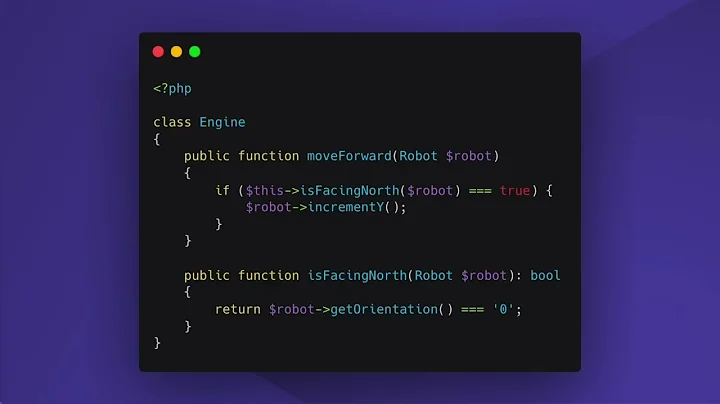Efficient apply or mapply for multiple matrix arguments by row
Solution 1
Splitting the matrices isn't the biggest contributor to evaluation time.
set.seed(21)
matrixA <- matrix(rnorm(5 * 9000), nrow = 9000)
matrixB <- matrix(rnorm(4 * 9000), nrow = 9000)
system.time( scores <- mapply(t.test.stat,
split(matrixA, row(matrixA)), split(matrixB, row(matrixB))) )
# user system elapsed
# 1.57 0.00 1.58
smA <- split(matrixA, row(matrixA))
smB <- split(matrixB, row(matrixB))
system.time( scores <- mapply(t.test.stat, smA, smB) )
# user system elapsed
# 1.14 0.00 1.14
Look at the output from Rprof to see that most of the time is--not surprisingly--spent evaluating t.test.stat (mean, var, etc.). Basically, there's quite a bit of overhead from function calls.
Rprof()
scores <- mapply(t.test.stat, smA, smB)
Rprof(NULL)
summaryRprof()
You may be able to find faster generalized solutions, but none will approach the speed of the vectorized solution below.
Since your function is simple, you can take advantage of the vectorized rowMeans function to do this almost instantaneously (though it's a bit messy):
system.time({
ncA <- NCOL(matrixA)
ncB <- NCOL(matrixB)
ans <- (rowMeans(matrixA)-rowMeans(matrixB)) /
sqrt( rowMeans((matrixA-rowMeans(matrixA))^2)*(ncA/(ncA-1))/ncA +
rowMeans((matrixB-rowMeans(matrixB))^2)*(ncB/(ncB-1))/ncB )
})
# user system elapsed
# 0 0 0
head(ans)
# [1] 0.8272511 -1.0965269 0.9862844 -0.6026452 -0.2477661 1.1896181
UPDATE
Here's a "cleaner" version using a rowVars function:
rowVars <- function(x, na.rm=FALSE, dims=1L) {
rowMeans((x-rowMeans(x, na.rm, dims))^2, na.rm, dims)*(NCOL(x)/(NCOL(x)-1))
}
ans <- (rowMeans(matrixA)-rowMeans(matrixB)) /
sqrt( rowVars(matrixA)/NCOL(matrixA) + rowVars(matrixB)/NCOL(matrixB) )
Solution 2
This solution avoids splitting, and lists, so maybe it will be faster than your version:
## original data:
tmp1 <- matrix(sample(1:100, 20), nrow = 5)
tmp2 <- matrix(sample(1:100, 20), nrow = 5)
## combine them together
tmp3 <- cbind(tmp1, tmp2)
## calculate t.stats:
t.stats <- apply(tmp3, 1, function(x) t.test(x[1:ncol(tmp1)],
x[(1 + ncol(tmp1)):ncol(tmp3)])$statistic)
Edit: Just tested it on two matrices of 9000 rows and 5 columns each, and it completed in less than 6 seconds:
tmp1 <- matrix(rnorm(5 * 9000), nrow = 9000)
tmp2 <- matrix(rnorm(5 * 9000), nrow = 9000)
tmp3 <- cbind(tmp1, tmp2)
system.time(t.st <- apply(tmp3, 1, function(x) t.test(x[1:5], x[6:10])$statistic))
-> user system elapsed
-> 5.640 0.012 5.705
Related videos on Youtube
Edd
I'm a software engineer on the Android Kernel Release team at Google
Updated on April 13, 2020Comments
-
Edd about 4 years
I have two matrices that I want to apply a function to, by rows:
matrixA GSM83009 GSM83037 GSM83002 GSM83029 GSM83041 100001_at 5.873321 5.416164 3.512227 6.064150 3.713696 100005_at 5.807870 6.810829 6.105804 6.644000 6.142413 100006_at 2.757023 4.144046 1.622930 1.831877 3.694880 matrixB GSM82939 GSM82940 GSM82974 GSM82975 100001_at 3.673556 2.372952 3.228049 3.555816 100005_at 6.916954 6.909533 6.928252 7.003377 100006_at 4.277985 4.856986 3.670161 4.075533I've found several similar questions, but not a whole lot of answers: mapply for matrices, Multi matrix row-wise mapply?. The code I have now splits the matrices by row into lists, but having to split it makes it rather slow and not much faster than a for loop, considering I have almost 9000 rows in each matrix:
scores <- mapply(t.test.stat, split(matrixA, row(matrixA)), split(matrixB, row(matrixB)))The function itself is very simple, just finding the t-value:
t.test.stat <- function(x, y) { return( (mean(x) - mean(y)) / sqrt(var(x)/length(x) + var(y)/length(y)) ) } -
Joris Meys about 13 years+1 for showing the function t.test (although it's far from the fastest)
-
Joris Meys about 13 yearsthat's a clean vectorization. How so, messy? ;)
-
Joshua Ulrich about 13 years@Joris: messy in terms of many lines of code. I guess a rowVars function would clean it up.
-
Edd about 13 yearsOoh sneaky, I like it. Tyler's solution is more generalizable but unfortunately also slower :/. I wonder if there is an efficient general solution.
-
Joshua Ulrich about 13 yearsThis solution is ~1.5x slower than the OP's solution.
-
Joshua Ulrich about 13 years@Edd: the most efficient general solution would require a very efficient
t.test.statfunction. Even then, you would have to evaluate it 9000 times, which would still be much slower than my less general solution. Opportunity cost strikes again! ;-)











